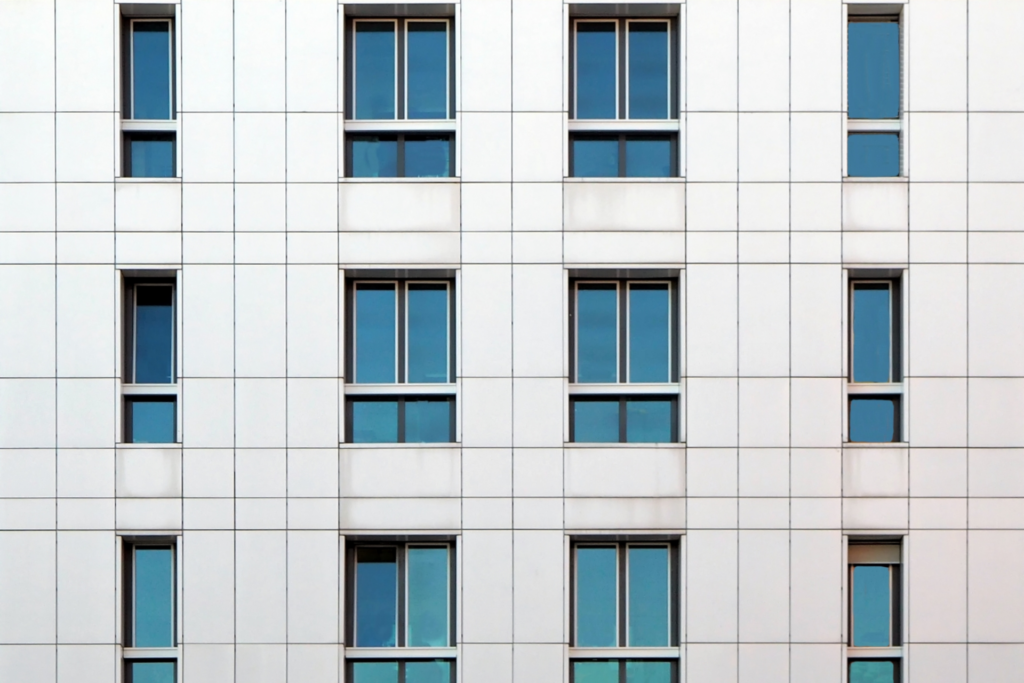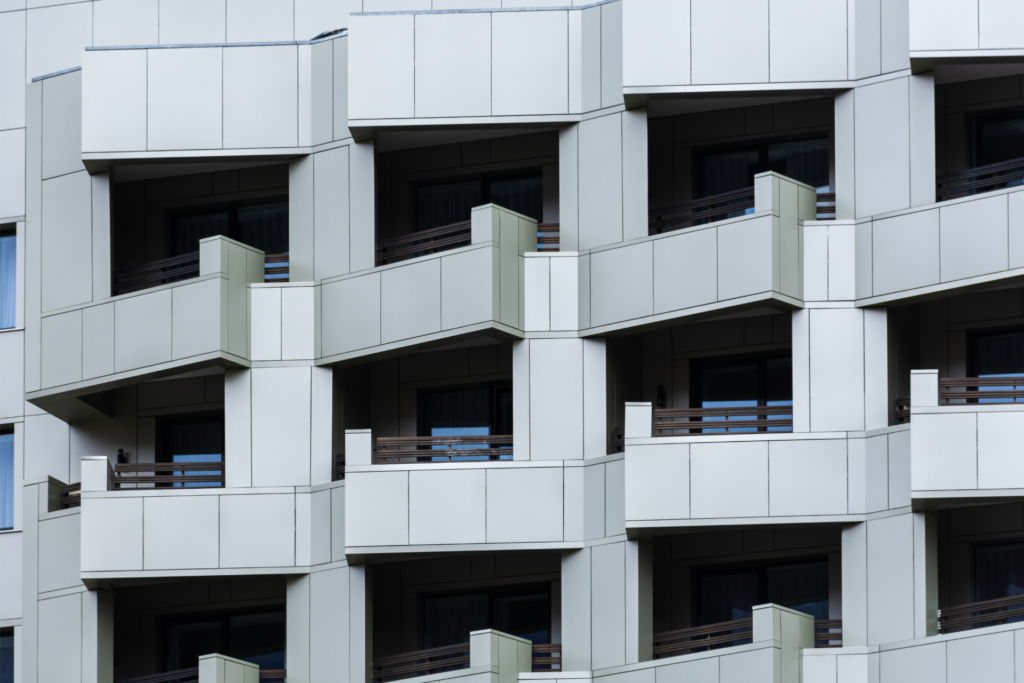In the quest for sustainable and energy-efficient architecture, ventilated facades have emerged as a transformative solution. These innovative systems offer a range of benefits that align with modern building requirements, including energy efficiency, environmental impact, and occupant comfort. Here’s why ventilated facades are becoming the future of sustainable buildings:
Advanced Energy Efficiency
Ventilated facades are designed to enhance a building’s thermal performance through a sophisticated air circulation process. These facades consist of an outer cladding, an air gap, and an inner insulation layer. The air gap creates a natural ventilation space that facilitates the movement of air between the exterior and the building’s interior. This ventilation helps to regulate temperature, reducing the need for mechanical heating and cooling systems.
By allowing air to circulate and dissipate heat, ventilated facades minimize the heat island effect and improve the overall energy efficiency of the building. This results in significant reductions in energy consumption and utility costs, aligning with global efforts to reduce carbon footprints and achieve sustainability targets.


Improved Building Longevity
The construction of a ventilated facade system adds a protective layer to the building’s exterior, shielding it from environmental elements such as rain, wind, and UV radiation. This additional layer of protection helps to prevent damage to the building’s structural components and enhances the longevity of the facade materials. The reduced exposure to harsh weather conditions minimizes wear and tear, leading to lower maintenance costs and a longer lifespan for the building.
Enhanced Indoor Comfort
Ventilated facades contribute to improved indoor comfort by controlling the temperature and humidity levels within the building. The natural airflow created by the ventilation gap helps to manage internal temperatures more effectively, reducing the risk of overheating or excessive cooling. Additionally, by preventing moisture buildup and condensation, ventilated facades help to maintain a healthier indoor environment, reducing the likelihood of mold growth and improving overall air quality.
Ventilated facades are more than a design choice—they are a commitment to energy efficiency, longevity, and the future of sustainable architecture.
Aesthetic Versatility
Ventilated facades offer a wide range of aesthetic options, allowing architects and designers to create visually striking buildings that meet both functional and stylistic requirements. The flexibility in design includes various materials, colors, and textures, which can be customized to complement the architectural vision of any project. This versatility ensures that ventilated facades can enhance the appearance of both new constructions and renovation projects while contributing to their environmental performance.
Contribution to Green Building Standards
Ventilated facades are a key component in achieving green building certifications and standards, such as LEED (Leadership in Energy and Environmental Design) and BREEAM (Building Research Establishment Environmental Assessment Method). Their ability to improve energy efficiency, reduce carbon emissions, and support sustainable building practices aligns with the criteria set forth by these standards. Incorporating ventilated facades into a building project not only meets regulatory requirements but also demonstrates a commitment to environmental stewardship.

Cost-Effective Solution
Although the initial investment in ventilated facades may be higher than traditional facade systems, the long-term benefits outweigh the costs. The reduction in energy consumption, lower maintenance requirements, and extended lifespan of the building materials contribute to significant cost savings over time. Additionally, the enhanced performance of ventilated facades can increase the overall value of the property, making it a worthwhile investment for both residential and commercial projects.
Future-Proofing Buildings
As the demand for sustainable and energy-efficient buildings continues to rise, ventilated facades offer a forward-thinking solution that addresses current and future needs. Their ability to adapt to evolving building standards and technological advancements makes them a future-proof choice for architects, developers, and property owners. By integrating ventilated facades into new and existing structures, stakeholders can ensure that their buildings remain relevant and competitive in a rapidly changing market.